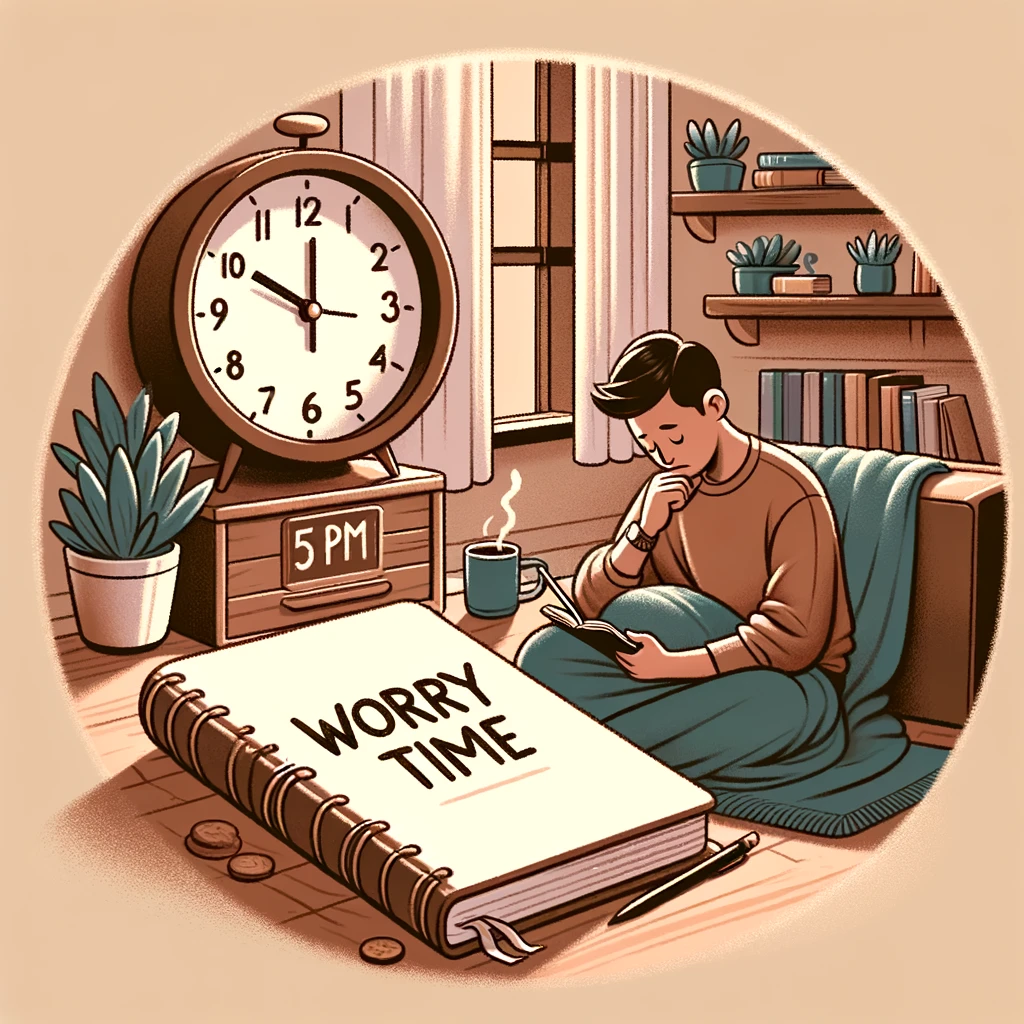ADHD and Panic Attacks—A Complex Connection
ADHD and Panic Attacks—A Complex Connection
Many of my clients with ADHD want to know more about the relationship between ADHD and panic attacks.
Panic attacks are sudden and intense waves of fear, often occurring without a clear cause. They can convince you that something terrible is happening, even when you’re not in real danger. For women with ADHD, managing anxiety and self-soothing during such episodes can be especially difficult due to emotional regulation challenges.
While research directly linking ADHD to panic attacks is limited, many women with ADHD report experiencing both. Let’s explore the connection between these conditions, including common causes, symptoms, and effective management strategies.
Why ADHD Women Are More Likely to Experience Panic Attacks
ADHD can make regulating emotions, coping with stress, and handling sensory overload more difficult. This difficulty can lead to an increased likelihood of panic attacks. Below are five key factors that make panic attacks more common in women with ADHD.
1. Difficulty Managing Emotions (Emotional Dysregulation)
Women with ADHD often experience intense and rapidly changing emotions. Emotional dysregulation can lead to a heightened response to stressors, making panic attacks more likely during overwhelming moments. Emotional triggers like anger, frustration, or sadness can escalate quickly, causing anxiety and panic to surface.
2. Constant Stress from Everyday Challenges
Everyday tasks that seem routine to others, such as managing time, organizing, or completing assignments, can feel overwhelming for women with ADHD. This daily stress builds up, creating a sense of being perpetually behind or out of control, which can lead to panic attacks.
3. Mental Overload from Racing Thoughts
ADHD is often characterized by racing thoughts and difficulty focusing, creating what feels like "mental chaos." This cognitive overload can trigger feelings of losing control, one of the precursors to panic attacks. It's as though the brain is moving too fast, making it hard to slow down or regain focus.
4. Anxiety from ADHD Medications (Stimulants)
Some women with ADHD take stimulant medications, which can increase anxiety in certain individuals. For some, this heightened anxiety can contribute to the onset of panic attacks. It’s essential to monitor how medications impact both ADHD and anxiety symptoms and work with a healthcare provider to adjust doses as needed.
5. Sensitivity to Rejection (Rejection Sensitivity Dysphoria)
Many women with ADHD experience Rejection Sensitivity Dysphoria (RSD), a heightened sensitivity to rejection, criticism, or perceived failure. Fear of rejection or judgment can cause extreme emotional responses, often leading to anxiety and, in some cases, panic attacks.
Symptoms of Panic Attacks in Women with ADHD
Understanding the symptoms of panic attacks can help you identify and manage them more effectively. For women with ADHD, these symptoms may be more intense due to heightened emotional sensitivity. Panic attacks can present both physically and emotionally, and they may overlap with other ADHD-related challenges.
Physical Symptoms:
- Racing heart, sometimes mistaken for a heart attack
- Shortness of breath, a sensation of suffocation
- Sweating, trembling, and dizziness
- Chest pain or tightness
- Digestive issues, such as nausea or stomach discomfort
Emotional Symptoms:
- An overwhelming sense of doom or dread
- Feeling as though you're losing control of your body or mind
- Distorted perceptions of reality, such as time feeling scrambled or sounds seeming distant
It's common for women with ADHD to rush to the emergency room during a panic attack, believing they’re having a heart attack or another serious condition. While panic attacks feel frightening, they are not physically harmful.
What's Happening in the Brain
Both ADHD and panic attacks share overlapping brain mechanisms, particularly in the amygdala (the brain’s fear center) and the frontal cortex (responsible for emotional regulation and focus). In ADHD, the amygdala may be more active, which can heighten emotional responses and make the brain more susceptible to panic attacks. Essentially, the brain tricks the body into activating the fight-or-flight response even when no real danger is present.
Managing Panic Attacks When You Have ADHD
Dealing with panic attacks while also managing ADHD may seem daunting, but several strategies can help. With the right tools, it’s possible to reduce both the frequency and intensity of panic attacks.
1. Recognize and Rationalize
The first step is to recognize that you’re having a panic attack. Remind yourself that panic attacks, while distressing, are temporary and not life-threatening. Rationalizing this can reduce their intensity and help you regain control faster.
2. Breathing Techniques
Focus on slow, deep breaths. When you slow your breathing, it activates the parasympathetic nervous system, which helps calm your body down. Long exhales are especially effective for engaging your body’s natural relaxation response, preventing hyperventilation.
3. Mindfulness and Meditation
Practicing mindfulness can help you stay grounded during overwhelming moments. Regular mindfulness exercises and meditation can reduce the anxious thoughts that lead to panic attacks, allowing you to better manage your emotions.
4. Cognitive Behavioral Therapy (CBT)
CBT is a widely used therapeutic approach that helps modify negative thought patterns and behaviors. It’s particularly effective in reducing panic attacks. Finding a therapist who understands ADHD’s impact on emotional regulation is crucial for optimal results.
5. Medication Adjustments
If ADHD medications contribute to anxiety or panic attacks, speak with your healthcare provider about adjusting your dosage or exploring alternative treatments. Balancing ADHD symptoms while minimizing anxiety is key to long-term management.
6. Lifestyle Adjustments
Adopting a healthier lifestyle can significantly reduce both ADHD and panic attack symptoms. Regular physical exercise, good sleep hygiene, and a balanced diet can all help regulate emotions and reduce anxiety.
7. Tracking Your Hormonal Cycle
Women with ADHD may notice a pattern of increased anxiety and panic attacks during certain phases of their hormonal cycle, such as the luteal phase or during perimenopause. Keeping track of your cycle can help you anticipate and manage these periods when you may feel more vulnerable to emotional dysregulation.
Conclusion
In my work with women with ADHD, I’ve seen firsthand how a combination of techniques—recognition, breathing exercises, mindfulness, therapy, and lifestyle changes—can reduce or eliminate panic attacks. Although the road to managing panic attacks may be challenging, it’s possible to significantly improve your quality of life. By understanding the connection between ADHD and panic attacks, and using targeted strategies to address both, women with ADHD can take control of their mental health and well-being.





